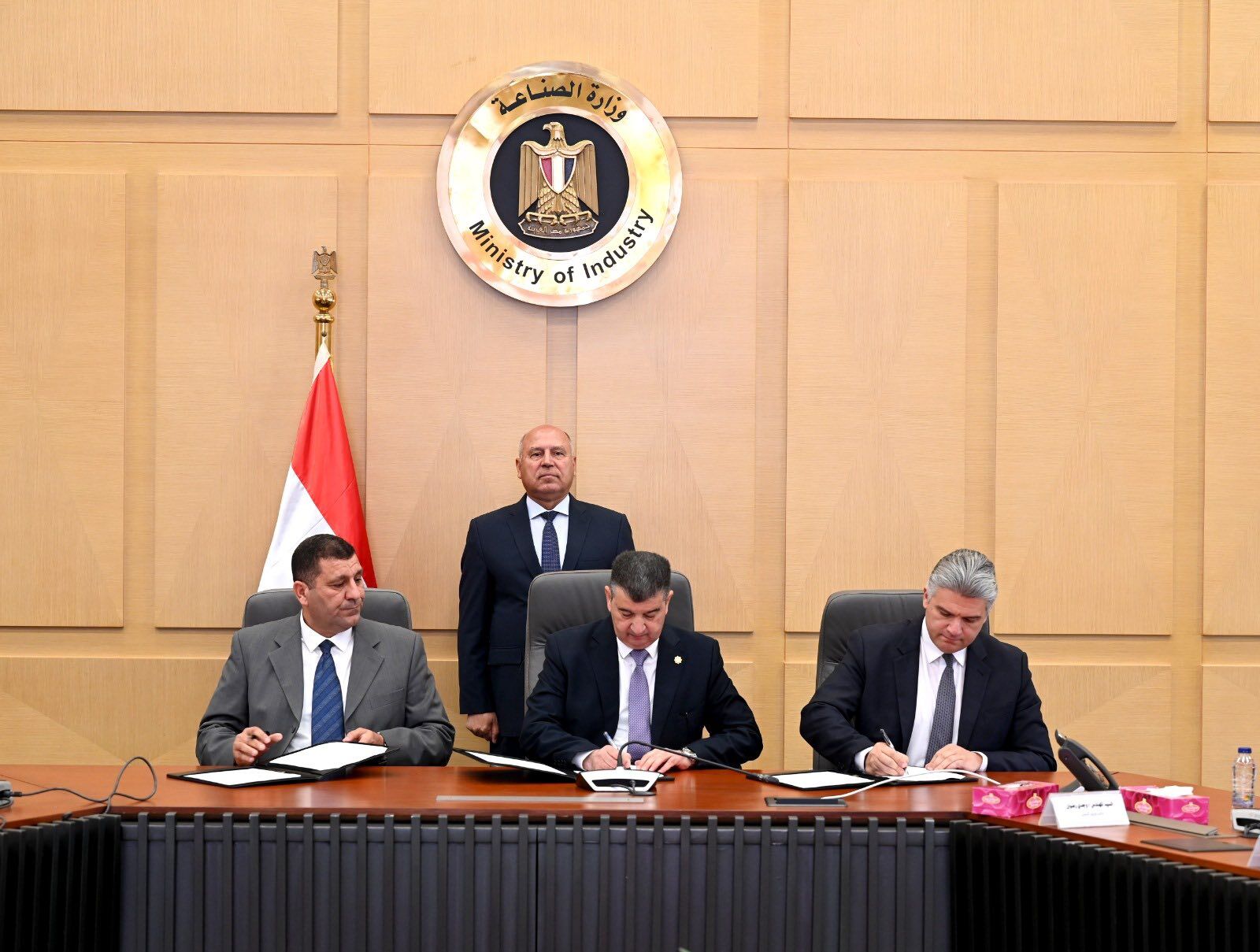
Egypt’s National Authority for Tunnels (NAT) has awarded a consortium of Hassan Allam Construction and Arab Contractors the contract for the Alexandria Raml Tram rehabilitation project.
The contract, the value of which has not been disclosed, was signed by the Chairman of NAT, Tarek Gweily; the Chairman of Hassan Allam Construction, Hassan Allam; and the Vice Chairman of Arab Contractors, El-Sayed El-Wazir, in the presence of the Minister of Industry and Transport, Kamel El-Wazir.
The project involves the reconstruction of 24 stations and 13.2 km of tram track, including 5.7 km on the surface, 7.3 km of elevated track, and 276 metres underground. The line runs from Victoria station to Raml station, passing through key districts such as San Stefano, Sidi Gaber, and Sporting. Interchange points with the Alexandria Metro will be located at Victoria and Sidi Gaber stations.
The existing tram line runs on very old tracks and suffers from poor service; travelling the 13 km between the termini currently takes one hour due to heavy traffic during peak hours, with no priority given to the tram.
The Alexandria Raml Tram rehabilitation project is a key component of the Transport Ministry’s green mobility strategy. It aims to reduce travel time from 60 minutes to 35 minutes, increase operational speed from 11 km/h to 21 km/h, and cut headway from 9 minutes to 3 minutes. Once completed, the project is expected to triple passenger capacity from 4,700 to 13,800 passengers per hour per direction, enhancing urban mobility and reducing congestion and emissions in the city.
The existing Alexandria Raml Tram is a double-track rail system running east-west across the city from Victoria station in the east to Raml station in the west. It operates as two distinct lines sharing tracks for most of the route. The total infrastructure length is 14.4 km, including both the Sidi Gaber and San Stefano loops. Line 1 (Red) is 10.6 km long with 31 stops, while Line 2 (Green) is 10.18 km long with 29 stops.
The rehabilitated tram route will consist of two lines with a total of 25 stations, covering approximately 14.45 km, including the extension from Raml to Mansheya Square. The upgraded route will measure 14.5 km and include the Mansheya extension, with the Sidi Gaber North loop removed.
Additionally, the upgraded line will be operated by new trams. In 2024, NAT and Hyundai Rotem signed a contract for the manufacture and supply of 30 modern trams, with design specifications currently under development.
In 2020, a consortium led by Systra, comprising Egis, ACE, and Projacs, was awarded the contract for the design and supervision of the Raml tram line rehabilitation.
Alexandria’s tramway network, which commenced operation in 1860, is the oldest in Africa and the Middle East. It comprises the Raml line and the Al Madina line. Renovated in the 1960s, these lines remain in service today and are used by both locals and tourists.
The Alexandria Raml Tram rehabilitation will transform the existing line into a modern, efficient system equipped with up-to-date infrastructure, systems, and rolling stock, reducing travel time between the Raml and Victoria terminals, tripling capacity, and improving comfort and accessibility for passengers. The refurbishment of this 160-year-old tramway represents a paradigm shift in transport within the Alexandria governorate.
The European Investment Bank (EIB) and Agence Française de Développement (AFD) are providing Egypt with a loan of USD 521 million, alongside a contribution of approximately USD 94 million from the Egyptian Ministry of Investment and International Cooperation, to finance the Raml Tram rehabilitation project. This financing will increase the availability and improve the quality of public transport in Alexandria, leading to a reduction in greenhouse gas emissions due to the anticipated modal shift.
This milestone follows closely the recent signing of a contract to localise and supply 21 nine-car metro trains (189 cars) for the Alexandria Metro project, which is currently under construction along a 21.7 km route between Abou Qir and Misr station.
Share on:








